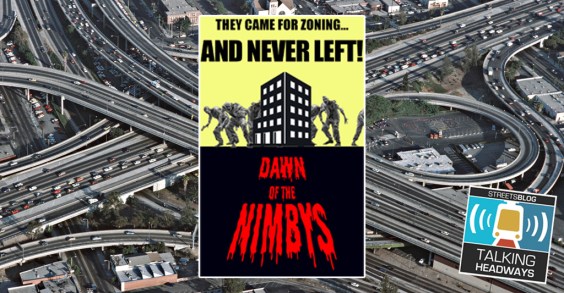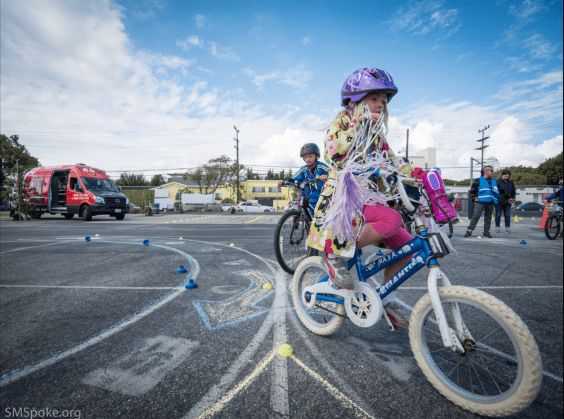
The California Assembly's Public Safety Committee voted 7-0 Tuesday to approve A.B. 1532, which would require an automatic license suspension for drivers who flee the scene of a crash where a person is hit, even if that person is not injured.
That unanimous vote marks an exceptional win for the bill, which was introduced by Mike Gatto (D-Los Angeles). Typically, bills which increase penalties for existing crimes or increase the burden on law enforcement are subject to extra scrutiny and face an uphill battle gaining committee votes.
CA's current hit-and-run laws require drivers to stop when they are involved in crashes, and drivers who kill or seriously injure others and flee the scene can face severe penalties. A.B. 1532 would add penalties for cases where the injuries are minor, including automatic license suspension.
“The bill's key aspect is that it increases minimum penalties so there is no less than a six-month mandatory license suspension,” explained Damian Kevitt of FinishtheRide.org. “That way prosecutors can no longer mitigate a hit-and-run down to a $500 misdemeanor fine, which is a slap on the wrist.”
“Hit-and-run drivers should be penalized, as this legislation requires,” said Nicole Schneider, executive director of Walk San Francisco, who applauded the bill as “a good step towards creating a culture where people respect each other.”
“This addresses the middle ground for those hit-and-runs that aren't severe, making a statement that it's not okay to leave the scene of a crash.”
This is Gatto's second legislative effort to rein in drivers involved in hit-and-run crashes. Last year, he introduced A.B. 184, to extend the statute of limitations on hit-and-runs -- the "maximum time after an event that legal proceedings based on that event may be initiated," to borrow language from Wikipedia -- to give officials more time to find and prosecute perpetrators. Although the bill passed the Public Safety Committee with an essentially infinite time limit, it was later amended in the Senate to limit it to six years, effectively doubling the time period set in existing law.
Tony Dang of California Walks praised Gatto for "really taking the hit-and-run issue and running with it," though he noted that it's an "incremental step" towards making streets safer for pedestrians in the state. “The legislation only addresses one type of crash. Hit-and-runs are serious, but we also need to deal with bigger pedestrian and bicycle safety issues."
The bill next goes to the Assembly's Transportation Committee, and must also pass the Assembly Appropriations Committee before the full Assembly votes on it. After that, it needs approval the Senate and its committees. So despite the unanimous vote from the Public Safety Committee, there are a number of chances for the bill to be watered down by opponents.
Kevitt commended Gatto and other legislators for their efforts to penalties for hit-and-run crashes, “but they are too few and far between,” he said. “Elected officials need to start taking notice of this issue.”
Kevitt said his organization, FinishtheRide.org, plans to launch a petition urging the state legislature to increase penalties for hit-and-run crashes to the level on par with those of a DUI. The petition will also call for a requirement for police departments to track hit-and-run statistics and devote a greater share of resources to prosecuting those cases. “Right now LAPD doesn't track statistics,” he said. “So we don't know what are the most common causes of hit-and-run crashes. Is it unlicensed drivers? DUIs? Texting?”





